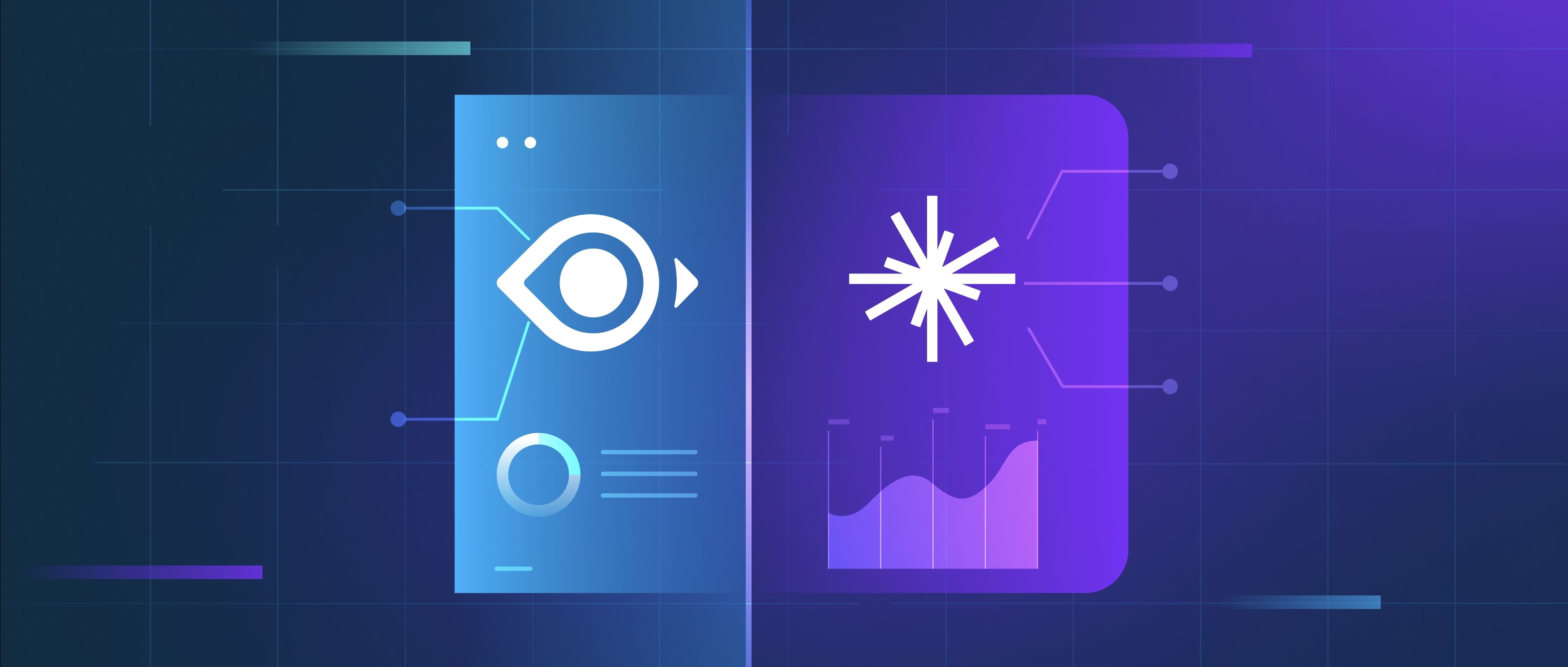Hierarchical Reinforcement Learning (HRL) is a structured approach to reinforcement learning that divides complex tasks into simpler, manageable sub-tasks. Instead of learning a single policy that addresses the entire problem, HRL breaks it down into a hierarchy of policies. This allows for more effective learning because each level in the hierarchy can focus on specific aspects of the task. For instance, in a robotics scenario, a high-level policy might determine overall goals like "navigate to room A," while a low-level policy manages detailed actions such as "turn left" or "move forward."
One of the key advantages of HRL is that it promotes reusability and modularity. By structuring the learning process in a hierarchy, developers can create policies that are trained separately and then combined to tackle more complex tasks. This modular approach not only speeds up the training process but can also improve performance because lower-level policies can be reused across different high-level tasks. For example, a robot trained to navigate corridors in various building layouts can leverage the same low-level navigation skills regardless of the specific high-level objectives.
In practice, HRL can be implemented using various frameworks. A common approach is to use options, which are temporally extended actions that encompass a goal and a specific policy to achieve that goal. Options allow for creating a hierarchy where lower-level actions are learned within the context of higher-level goals. This hierarchical structure mirrors how humans often break down problems into smaller pieces to solve them effectively, making HRL a useful strategy in scenarios requiring complex decision-making. Overall, HRL provides a structured way to enhance learning efficiency and adapt to complex tasks, making it a valuable tool for developers working on AI problems.
